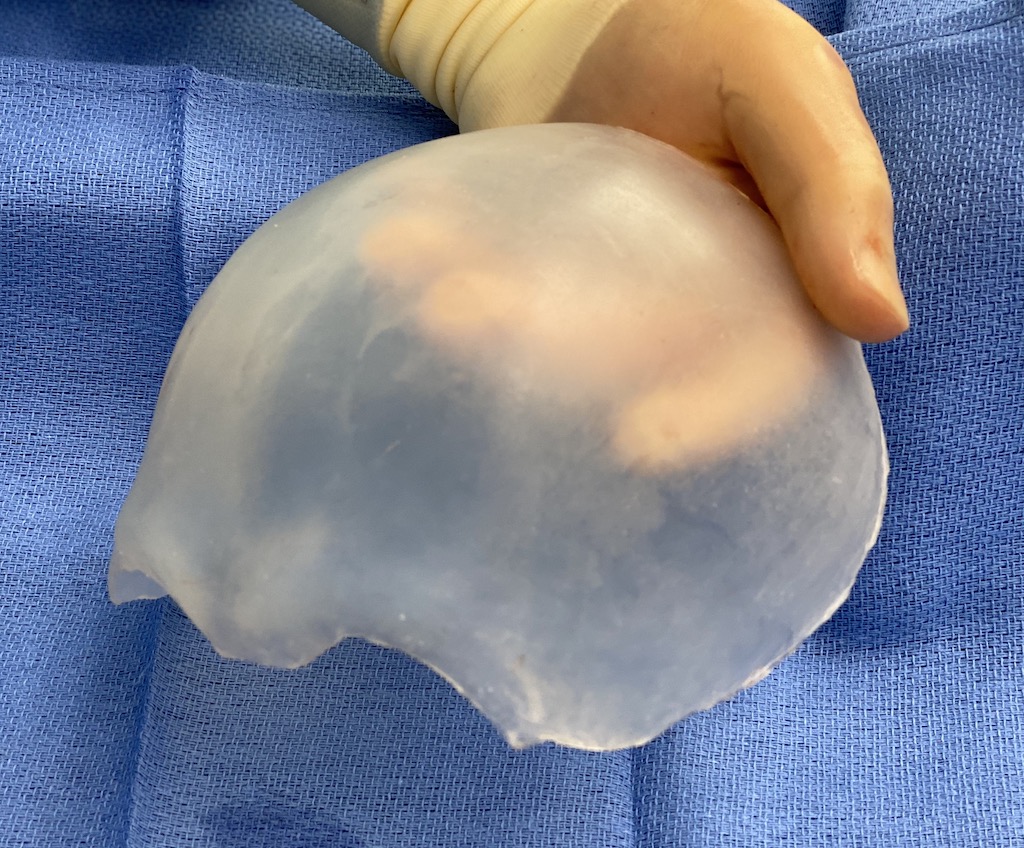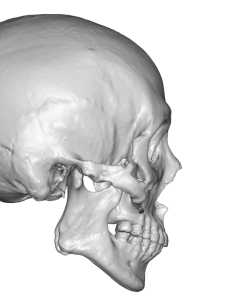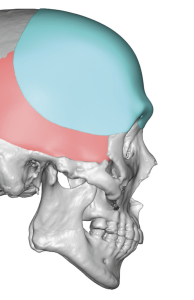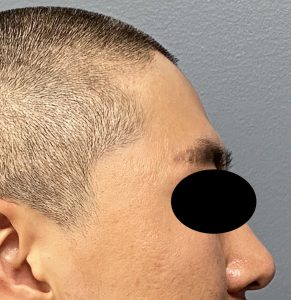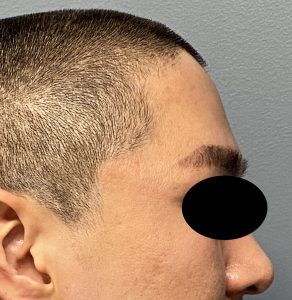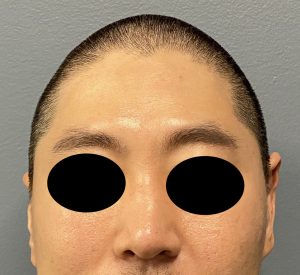Background: There are numerous facial feature differences between men and women which can be separated by anatomic site. The foreheads eyebrows, eyes, nose, cheeks, chin, jawline and lips all have specific gender specific shapes. The largest of these anatomic areas by surface area is the forehead which occupies more than a third of the total face. But because it lacks many topographic features it is not usually perceived as a dominant facial feature.
Men usually have stronger foreheads which means they are often bigger, higher and broader than females. The higher aspect of the forehead is often caused by a receding hairline. The one defining male forehead feature is the greater development of the brow bones dues to increased enlargement of the frontal sinuses. With larger brow bones this creates a slope to the forehead superiorly and a sharper angle to the nose inferiorly. This also makes the eyes more deeply set.
Often overlooked is the greater width to the forehead which is evidenced by the more prominent bony temporal lines. This makes the transition between the forehead and the temporal region a bit more acute. (visible) As a result the temporal region is fuller and often larger in width than in females. (which again may be aided by a more posterior temporal hairline)
In creating custom implants to improve the shape of the male forehead numerous design features to consider are how much brow bone projection, the slope of the forehead, how far back along the top of the skull should it extend, does it need to cross the bony temporal line and, if so, how far into the temporal region should it go. These are the major implant design considerations but not the only ones.

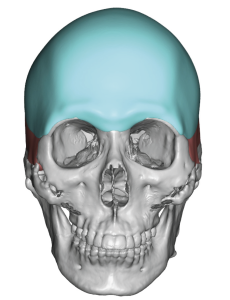
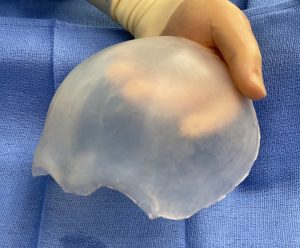

Most think of a forehead implant augmentation in profile view where how to design it seems simple. But being the largest augmentation surface on the face its shape and impact on the facial appearance is more complex. It is also important to note that the augmentation of the forehead is really a form of skull augmentation…which means it is almost never a one surface area augmentation as each of the five skull surfaces is always surrounded by three others. And each skull surface flows into those around it, creating the need for a more complex implant footprint that it may initially seem.
Case Highlights:
1) The more masculine upper third of the face is marked by a slight backward inclination of the forehead slope and prominent brow bones.
2) A combined forehead-brow bone implant simultaneously decreases the forehead slope while creating increased brow bone projection.
3) The more anterior projection of the forehead that occurs the more forehead width and anterior temporal augmentation is also needed to avoid an undesired shape.
Dr. Barry Eppley
Indianapolis, Indiana

